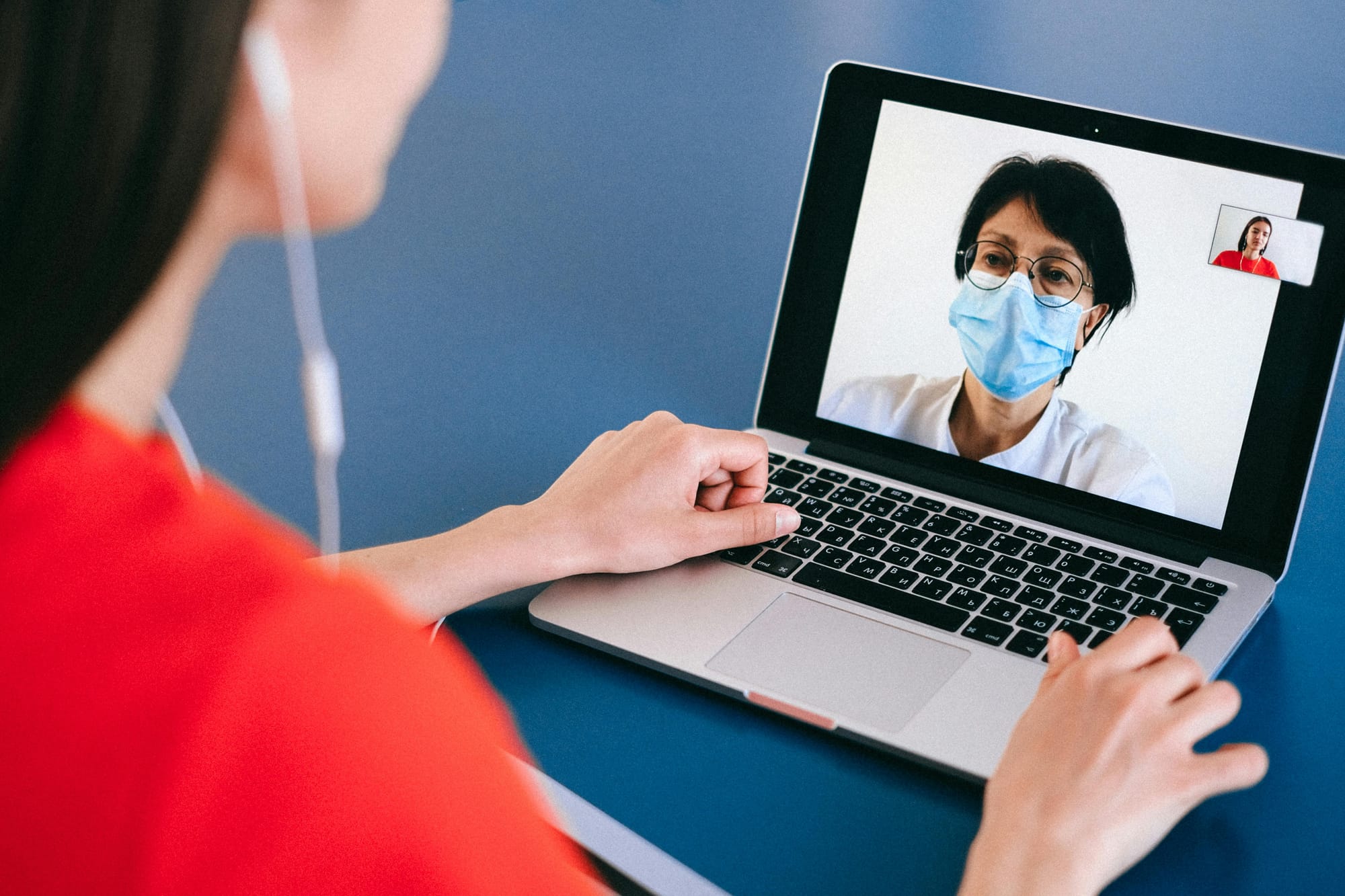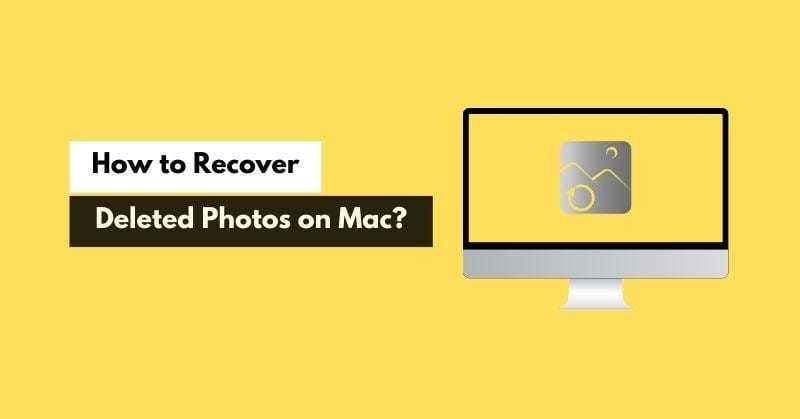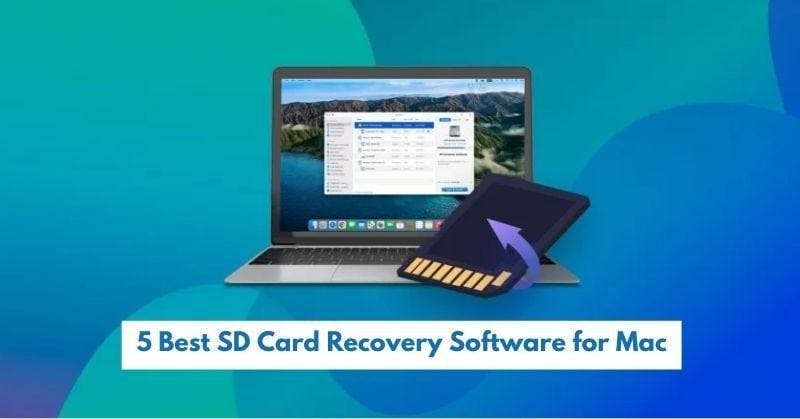The Role of Technology in Modern Healthcare Management
Learn insights into how technology shapes modern healthcare management.

Have you ever wondered how doctors can now monitor patients miles away or how medical records are instantly available across hospitals? It wasn’t that long ago when managing healthcare meant a mountain of paper files and phone calls.
Today, technology has completely transformed how we approach healthcare management. From apps that remind you to take your medicine to devices that track heart rates in real-time, tech has made healthcare more accessible, efficient, and personalized.
This shift didn’t happen overnight. The pandemic sped up the use of telehealth and remote care tools, making technology not just a convenience but a necessity. Now, patients and providers are more connected than ever. But with all these advancements come big questions: Are we using technology to improve care for everyone? Or are we leaving some people behind?
In this blog, we will share insights into how technology shapes modern healthcare management, its benefits, challenges, and what the future might hold for this rapidly evolving field.
Streamlining Care with Better Tools
Technology has done more than connect patients to doctors—it’s revolutionized how care is managed behind the scenes. Electronic health records (EHRs), for instance, have replaced bulky file cabinets with digital files that can be updated instantly. This makes sharing information between specialists or hospitals faster and more accurate.
Platforms like Prevounce take this a step further. By integrating tools for remote patient monitoring, compliance tracking, and care management into a single platform, they simplify the work for healthcare providers. Imagine being able to track a diabetic patient’s blood sugar levels in real-time or quickly generate compliance reports without wading through endless spreadsheets. Tools like these not only save time but also improve the quality of care.
This tech revolution isn’t just limited to big hospitals. Smaller clinics and practices can now use these platforms to offer high-quality care without hiring an army of staff. But with all these tools comes a learning curve. Providers must invest in training to make the most of them. After all, even the best software is useless if nobody knows how to use it.
Making Healthcare More Accessible
Technology has bridged gaps that once seemed impossible. Take telehealth, for example. Not long ago, seeing a doctor required sitting in a waiting room, filling out endless forms, and driving back home in traffic. Now, a video call can connect patients to doctors in minutes.
Telehealth became a household word during the pandemic when in-person visits weren’t always safe. It made healthcare accessible for people in rural areas, those with mobility issues, and even parents juggling busy schedules. The convenience factor is undeniable. Why spend two hours traveling for a 10-minute appointment when you can do it from your living room?
Beyond telehealth, wearable devices like smartwatches have made it easier to track health metrics at home. They’re not just gadgets—they’re tools that allow early detection of problems like irregular heartbeats or abnormal oxygen levels.
But this accessibility isn’t universal. Not everyone has access to stable internet, and some older patients struggle with the tech itself. While technology can improve healthcare, it also raises the question of how to ensure it’s equitable.
Personalized Healthcare: A Game Changer
Gone are the days of one-size-fits-all treatment plans. Technology has made personalized healthcare a reality. Genetic testing can now reveal how your body might respond to certain medications, helping doctors choose the best option for you.
Wearable tech and apps also play a big role in personalization. Fitness trackers don’t just count steps—they provide insights into sleep patterns, activity levels, and even stress. This data allows patients to take charge of their health while giving doctors more detailed information during check-ups.
Personalization has also led to advancements in fields like cancer treatment. Tools that analyze genetic data can help create targeted therapies, improving outcomes and reducing side effects. However, this level of care often comes with a hefty price tag. Making these innovations affordable and widely available remains a challenge.
Challenges of Healthcare Technology
While technology has transformed healthcare, it hasn’t been without its challenges. Cybersecurity is a major concern. With patient data stored digitally, protecting it from hackers has become a top priority. Data breaches not only compromise privacy but also erode trust in healthcare systems.
Another issue is the digital divide. For all its benefits, technology often leaves behind those without access to devices or reliable internet. Rural and low-income communities are particularly vulnerable. Bridging this gap is essential to ensure that advancements in healthcare tech benefit everyone, not just those who can afford it.
Lastly, there’s the human factor. Technology should enhance care, not replace the personal connection between patients and providers. Finding the right balance is key.
The Future of Healthcare Management
As technology continues to evolve, the possibilities for healthcare management are endless. Artificial intelligence (AI) is already being used to predict patient outcomes, identify high-risk cases, and even assist in surgeries. Machine learning algorithms can analyze massive amounts of data in seconds, offering insights that humans might miss.
Virtual reality (VR) is another exciting development. It’s being used to train medical students, treat phobias, and even help manage chronic pain. The idea of combining cutting-edge technology with traditional medicine is no longer science fiction—it’s happening right now.
But the ultimate goal of these advancements should be to make healthcare more patient-focused. Whether it’s through predictive analytics, better communication tools, or smarter devices, the aim is to provide care that’s not only effective but also compassionate.
All in all, technology has redefined what’s possible in healthcare management. It’s made care more accessible, streamlined processes, and opened the door to personalized treatments. Wearable devices are just the beginning of a broader shift toward smarter, more efficient systems.
However, with these advancements come responsibilities. Ensuring that technology benefits everyone, safeguarding patient data, and maintaining the human element of care are challenges we must address.
As we look ahead, the key lies in balance—using technology to enhance care while never losing sight of the people it serves. After all, healthcare isn’t just about systems and tools; it’s about helping people live healthier, happier lives.






